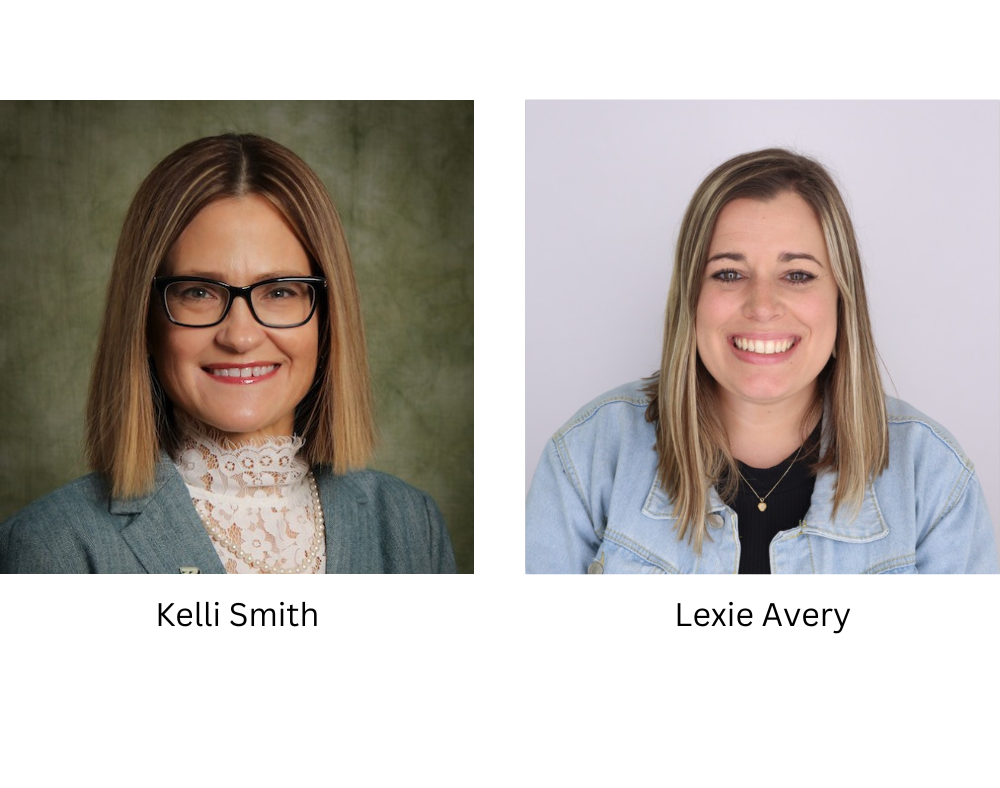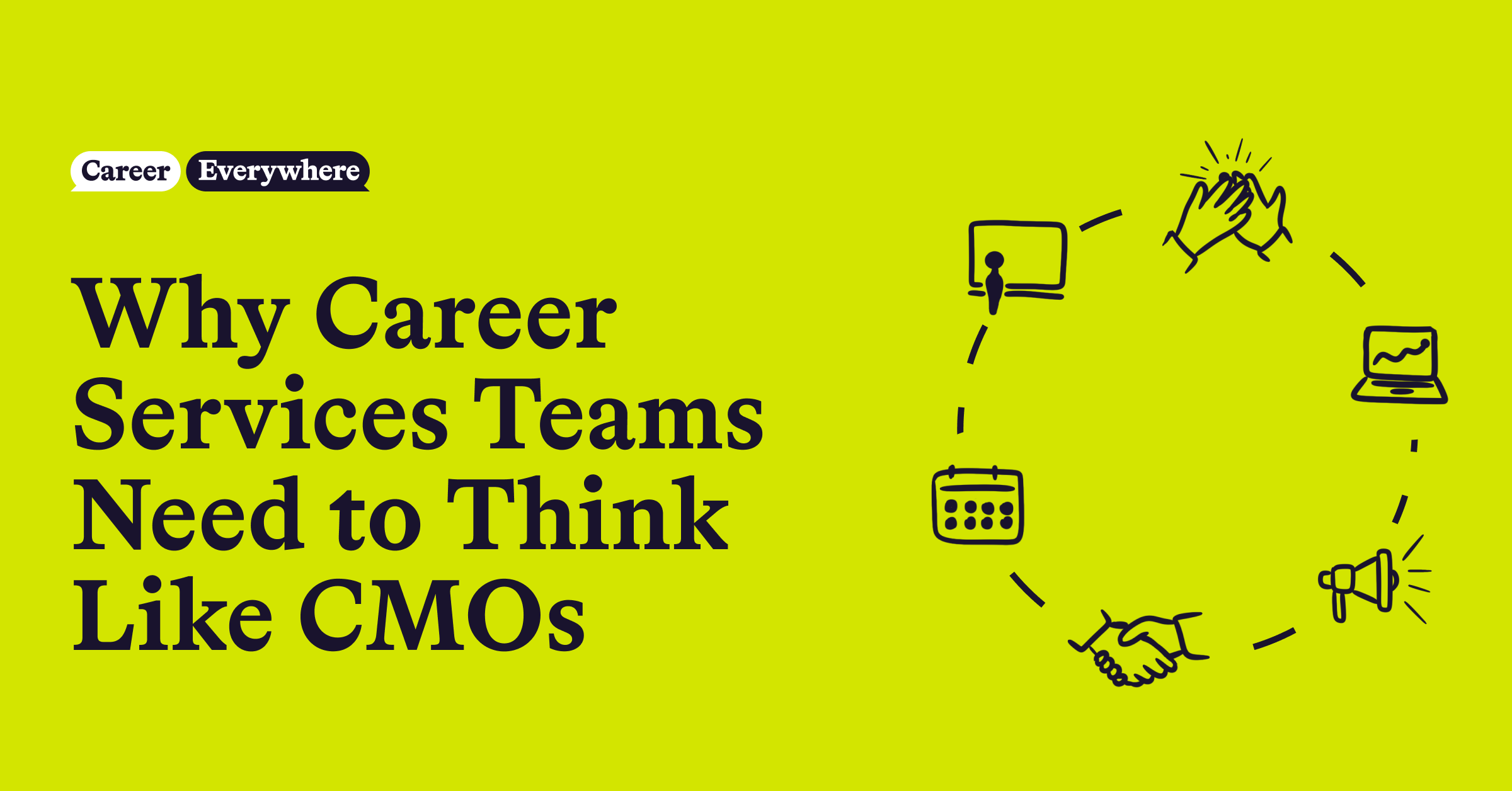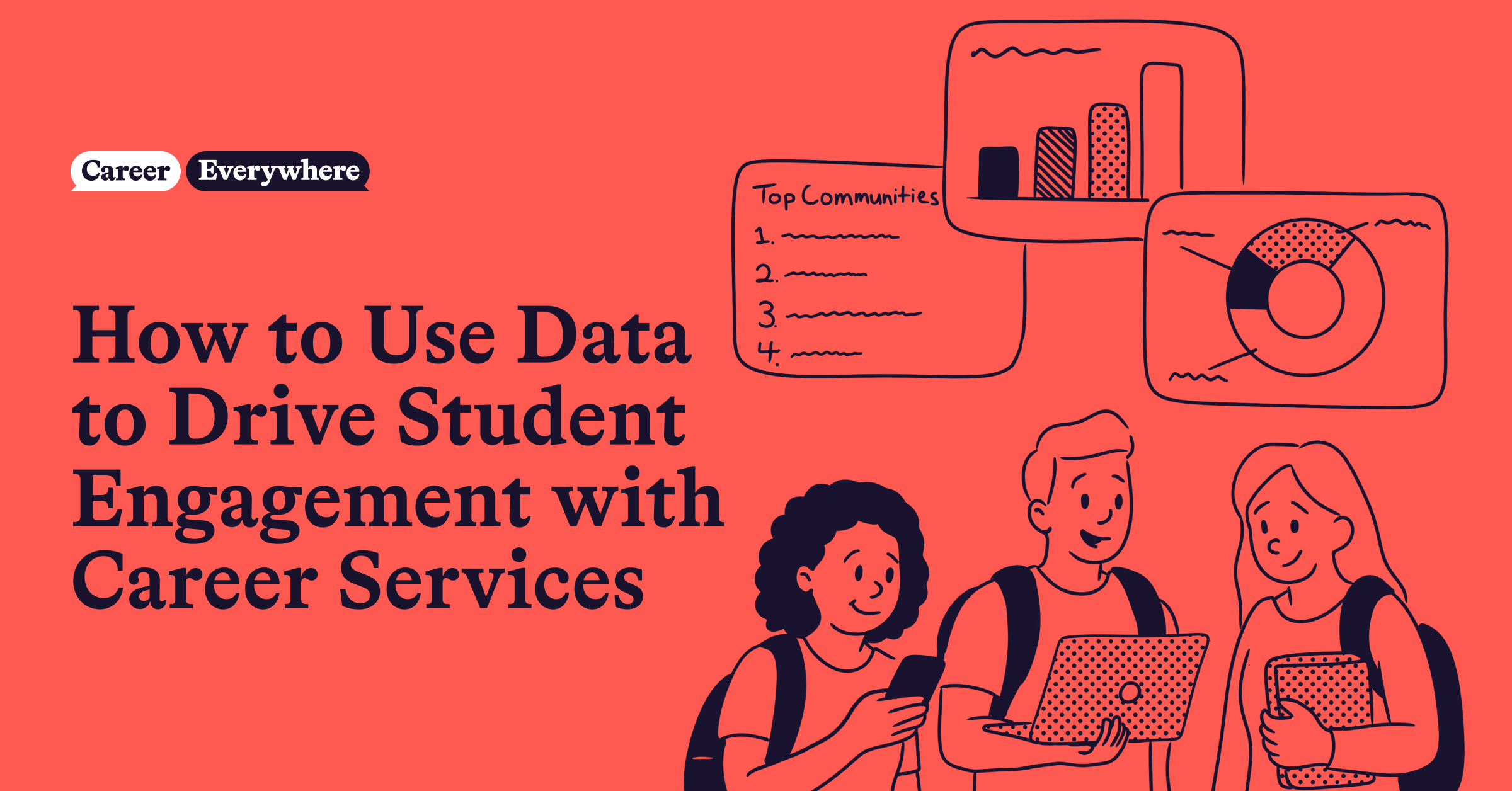
Anyone who works in student engagement or career planning is familiar with the struggle: Radio silence from fresh faces on campus, spare the occasional mandatory academic advising meeting.
The answer to this struggle? Engaging students early.

Kelli Smith, the Assistant Vice President for Student Success, and Lexie Avery, the Senior Associate Director of Student Engagement and Career Readiness at Binghamton University have tackled this problem by formulating a four-phase strategy to form meaningful connections with first- and second-year students.
The plan consists of two phases per year for this demographic, prioritizing awareness and exposure for students in their first year to familiarize them with the services and development opportunities available to them. Moving into the second year, these phases bestow more responsibility on students in terms of engagement and career planning.
Smith and Avery have used this strategy to increase first-year engagement with career services by a staggering 153% (from 28% to 71%) in just two years.
For more details about how Binghamton increased early student engagement, check out Smith and Avery’s episode of the Career Everywhere podcast.
Phase 1: Awareness
It’s no secret that new university students have a lot on their minds when arriving on campus and settling into their next chapter. Career development is likely not a priority.
That’s why the first phase of Smith and Avery’s strategy focuses specifically on driving awareness, i.e. knowing where the office is located on campus and knowing what resources are available. To get this information in front of students, the Binghamton team partners with students, faculty, staff, and other departments across campus.
“We have an internship position in our office called the student career influencers, and everybody loves influencers right now,” Avery said. “If we can leverage students who are excited, who have used our services before, and who have had a positive experience, we can create some fun, engaging tabling events.”
The awareness phase also prioritizes collaboration with student organizations such as Residential Life and the Educational Opportunity Program to meet students where they are.
Ultimately, phase one aims to not only create student awareness, but to also deconstruct the idea that career resources must be transactional, or service-based at all, instead opting for an “intentional, transformational experience,” according to Avery.
At its core, approachability is the cornerstone of any initiative looking to increase engagement, and this office is no exception.
“Our career center windows have stickers on them that have all of our career clusters and our affinity communities, so as I’m walking by, I can see that, ‘Oh, I identify with this group,’ or ‘I have this interest,’ and it feels like if it’s listed there, I can come in,” Avery said.
Phase 2: Exposure
Outreach and strategy are key components of phase two for Binghamton. The career team often collaborates with faculty and campus organizations to give short 15-20 minute presentations about what the career center does, what resources they offer, how to engage, the benefits of engaging early, and more.
The programs designed specifically for faculty and classroom initiatives are the Career Collaborative, the Career Champion program, and the newly-developed fellows program that incentivizes faculty members to participate by offering stipends.
By uplifting the university’s faculty as an integral part of their offerings, Binghamton has been able to achieve multiple town-hall style talks that offer both generalized and tailored content for specific educators.
“The thing that is so exciting for me is seeing some of the conversations that have happened in those town halls, seeing the types of faculty, ranging from music to anthropology, and some of those that we maybe traditionally haven’t had as much engagement with, are our poster faculty who are extra excited and are helping us message out the importance of this and how we can work with them individually to build this into their classes,” Smith said.
Above all, Smith emphasizes the importance of accessibility and equity for students who are beginning their career development journey, taking into account their background, social capital, and other factors that influence every decision they make in their academic and professional career—and most of all, how to encourage faculty and inform them on the most effective ways to support.
For students, time is one of their most valuable resources—time to study and learn, time to socialize and connect, and time to self-reflect and grow. Avery is aware of this and pushes to keep interactions with first-year students as digestible as possible in and out of the classroom.
Fifteen to 20 minutes is the golden zone, engaging with specific topics to not waste time or risk a lost connection.
From building social and professional networks in the first semester to building skills through involvement in student organizations to exploring specific career paths, every session exposes more students to valuable career resources and information.
“We also take student organization program requests and allow those students to invite us in. Most of them require some professional development, and so we make it really easy to say, ‘Hey, request us. We can talk about any number of these topics,’” Avery said. “It’s about going into spaces they already trust and believe in.”
Phase 3: Engagement
Mythbusting is at the forefront of phase three, debunking the notion that career services is only important for third- or fourth-year students.
Instead, the Binghamton team encourages students to engage with career services in some capacity, whether that’s coming into an appointment, reading blogs on Binghamton’s virtual career center (powered by uConnect), using Big Interview, or attending a program or event. It’s about students taking that step to initiate contact on their own.
“The job fair, as an example, it’s a great opportunity to explore. It’s a great opportunity to just listen in on what other students are saying when they’re doing their elevator pitch. It’s a great opportunity to test things out, walk around, and see what the format is so that when things are a little bit more intentional in your sophomore, junior, or senior year, you’re prepared versus surprised by what it’s going to be like,” Avery said.
Educating students on resources can be a Herculean task, which is why Binghamton utilizes multiple organizations, students, and other entities that have hands-on involvement with the student body. One aspect of this growth is the early engagement guiding group, a multifaceted group representing voices from all across campus, including opportunity programs, residential life, athletics, and more.
Through all of this, students are emboldened to confidently take action and exercise not only control but confidence in their futures using Binghampton’s resources.
Phase 4: Career planning
The last step of Binghamton’s four-phase strategy is all about career planning and making sure students enter their junior and senior years with intentionality and a plan.
Do students have an exploration plan? Have they taken a career exploration course? Have they met with a career consultant to talk about career planning? Have they attended a program around creating an action plan?
To help thousands of students answer these questions in a scalable way, the Binghamton team leans on technology, like uConnect, Handshake, Big Interview, and more. For example, using uConnect’s virtual career center platform, Binghamton built out six career cluster communities, along with nearly a dozen affinity communities.
Each career cluster includes articles, videos, job market data, events, student organizations, and other resources—all relevant to that specific career cluster. That way, students have early access to the resources they need to inform their career pathways (and even the classes they choose to take at Binghamton).
By successfully moving through all phases of Binghamton’s strategy, students are not only aware of the tools and resources available to them, but they also have a more solidified idea of how to use them effectively when the time comes for networking, skill development, job prospecting, applications, and more—all through intentional messaging year by year, student by student.
“We all know that it can be very overwhelming when you think about all the different steps that are really important—to take your time, to think about your choices, and do the things you need to do to be marketable over time,” Smith said. “If you get to students earlier, that’s going to alleviate that anxiety, and also help them become more successful.”
For more information on how Binghamton University used uConnect to increase engagement by 153%, check out our case study.
Conclusion
Awareness, exposure, engagement, and career planning are all fundamental phases to instilling the knowledge and confidence students need to succeed when mapping out their future. By cultivating a campus that encourages curiosity, involvement, passion, and mindful messaging, Binghamton is doing what they do best: Trekking towards success in their mission, one step at a time for all students, faculty, and advisors dedicated to career development.
If you’d like to learn more about how uConnect can help you engage students earlier, fill out the form below to schedule a demo.


